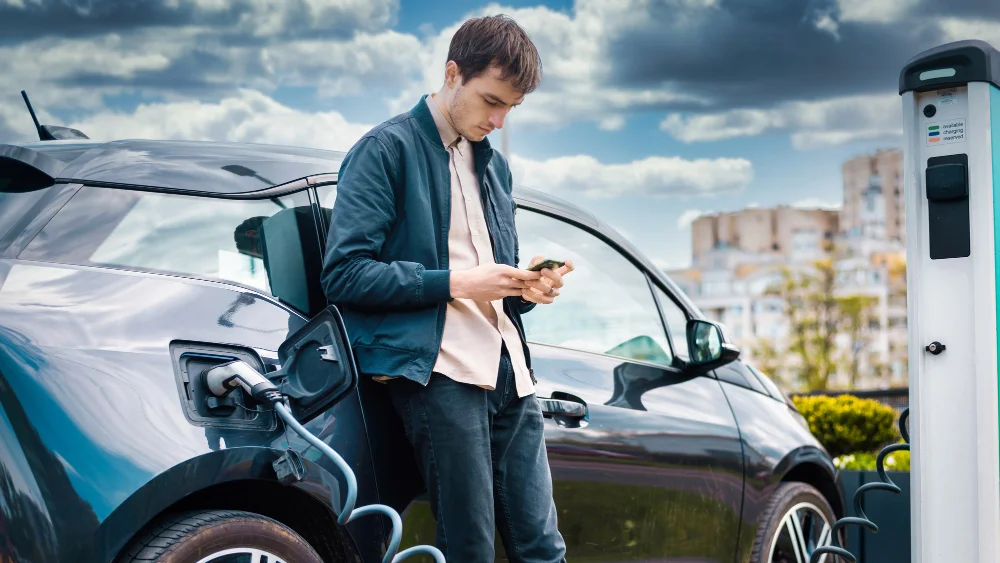Electric vehicles (EVs) are no longer a distant dream. They’re here, shaping the future of transportation with promises of zero emissions and quieter roads. The global shift toward EVs is undeniable, and Eastern automakers are emerging as frontrunners in this revolution. While the West, especially Tesla, may have pioneered the initial market, the East—led by companies in China, Japan, and South Korea—is taking bold strides to define the future of EVs. Let’s explore how Eastern automakers are driving this change, the innovations they bring, and what it means for the world.
Eastern Automakers Enter the EV Market
The EV market has traditionally seen Western automakers like Tesla and Nissan as leaders. But in recent years, Eastern companies have surged forward with new models, technologies, and strategies. Eastern countries, particularly China, have realised the need for sustainable, clean transportation options, and their automakers are answering the call. Eastern companies are not only competing; they’re setting new standards, pushing the boundaries of what EVs can do.
Key Players in the East
- China has become the world’s largest EV market, thanks to aggressive policies and rapid production. Companies like BYD and NIO are expanding globally, positioning themselves as major EV players.
- Japan has long been an automotive giant with Toyota, Honda, and Nissan, and now they’re shifting focus to EVs.
- South Korea boasts Hyundai and Kia, which are introducing electric models that compete with the best in the world.
These regions and companies are not only responding to global trends but actively shaping the EV market.
Top Eastern Automakers Driving the EV Revolution
Let’s look at some key Eastern automakers making waves in the EV market:
- BYD: A pioneer in electric buses, BYD has expanded into electric cars, offering affordable EVs with impressive range and efficiency.
- NIO: Known as the “Tesla of China,” NIO combines premium design with innovative features, including battery-swapping technology.
- Hyundai and Kia: These South Korean brands have launched models like the Hyundai Kona Electric and Kia EV6, providing consumers with high performance and competitive pricing.
- Toyota: Although initially hesitant, Toyota has shifted gears, introducing new EV models to keep pace with changing demands.
Each of these companies has unique strategies and technologies, setting them apart in a crowded market. They’re not only meeting demand but creating it, redefining the possibilities for EVs globally.
Technological Innovations from Eastern EV Leaders
Eastern automakers aren’t just building EVs—they’re pioneering new technologies to improve them. Here are some standout innovations:
- Battery Technology: BYD and CATL (a Chinese battery manufacturer) are leading advancements in battery technology. These companies focus on developing longer-lasting batteries with faster charging times.
- Charging Infrastructure: NIO’s battery-swapping stations are revolutionising how drivers recharge. Rather than waiting, drivers can simply swap a depleted battery for a fully charged one.
- Autonomous Driving: Hyundai and NIO are investing heavily in autonomous driving technologies, integrating AI to enhance safety and the driving experience.
By focusing on these areas, Eastern automakers are setting new standards in EV innovation, aiming for efficiency, convenience, and a longer range.
Government Support and Policy in the East
One reason Eastern automakers have gained momentum is strong government support. Policies, subsidies, and mandates are crucial drivers of EV adoption in Eastern markets:
- China: The Chinese government provides subsidies to EV manufacturers, aiming for 40% of all cars sold to be electric by 2030. Strict emissions standards also encourage companies to go electric.
- Japan: The government has committed to achieving net-zero emissions by 2050, driving automakers to accelerate their EV plans.
- South Korea: Subsidies for consumers and manufacturers, along with support for infrastructure development, make it easier for automakers to bring EVs to market.
These policies foster a favourable environment for Eastern automakers to thrive in the EV industry. Governments in these regions understand that the future of transportation lies in clean energy, and they’re backing this shift.
Impact on Global Market and Competition with the West
The entry of Eastern automakers into the EV market is reshaping global competition. Once dominated by Western companies, the EV market now sees Eastern automakers commanding significant market share. Chinese companies like BYD and NIO are even expanding into Europe, while Hyundai and Toyota are strengthening their presence in the U.S. market.
Eastern automakers differentiate themselves by offering a range of models at affordable prices, often undercutting Western brands. They also focus on consumer needs, from advanced in-car technology to extended battery life. With these strategies, they are not only gaining ground but potentially shifting the balance of power in the EV market.
Challenges Faced by Eastern Automakers
Despite their rapid growth, Eastern automakers face unique challenges:
- Economic Challenges: Currency fluctuations, trade restrictions, and global supply chain issues can impact production and pricing.
- Environmental Concerns: EV production, especially batteries, can be resource-intensive. Eastern automakers are under pressure to minimise environmental impact and improve recycling.
- Technological Hurdles: Scaling battery-swapping technology or integrating advanced AI in autonomous driving remains complex and costly.
These obstacles are real, but Eastern automakers are adapting quickly. They’re investing in research, focusing on sustainability, and developing new solutions to overcome these challenges.
Future of the EV Market and Eastern Automakers’ Role
What does the future hold for Eastern automakers in the EV market? Experts predict that they will continue to lead innovation, especially as EVs become mainstream. As battery technology improves and charging infrastructure expands, Eastern automakers are positioned to be at the forefront of the next generation of EVs.
Emerging trends suggest we’ll see more affordable models, longer battery life, and possibly even fully autonomous EVs from these companies. With strong government backing, technological investment, and consumer demand, Eastern automakers are set to remain key players in the EV revolution.
Conclusion
The EV revolution is here, and Eastern automakers are leading the charge. They bring unique innovations, strong governmental support, and fierce competition that push the entire industry forward. As these companies continue to innovate and expand globally, they are reshaping the future of transportation. The journey towards a cleaner, more sustainable world is underway, and Eastern automakers are at the wheel, steering us toward a greener future.
The EV revolution is no longer a question of “if” but “how fast,” and Eastern automakers are accelerating us toward that future.


